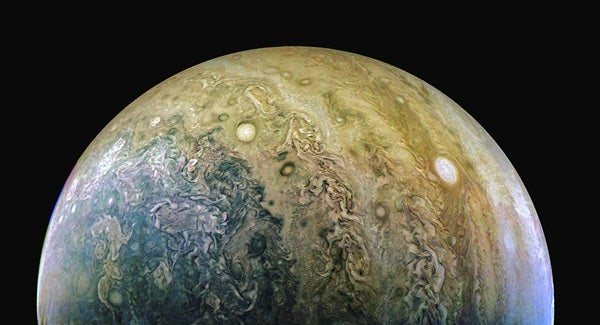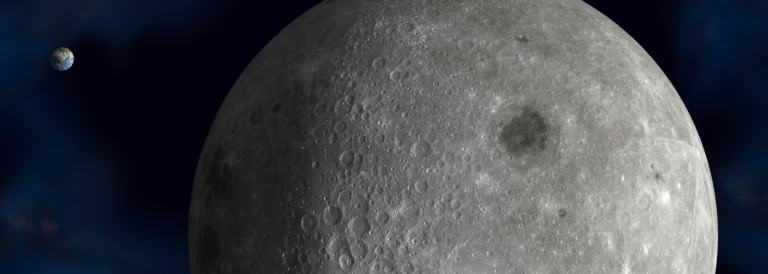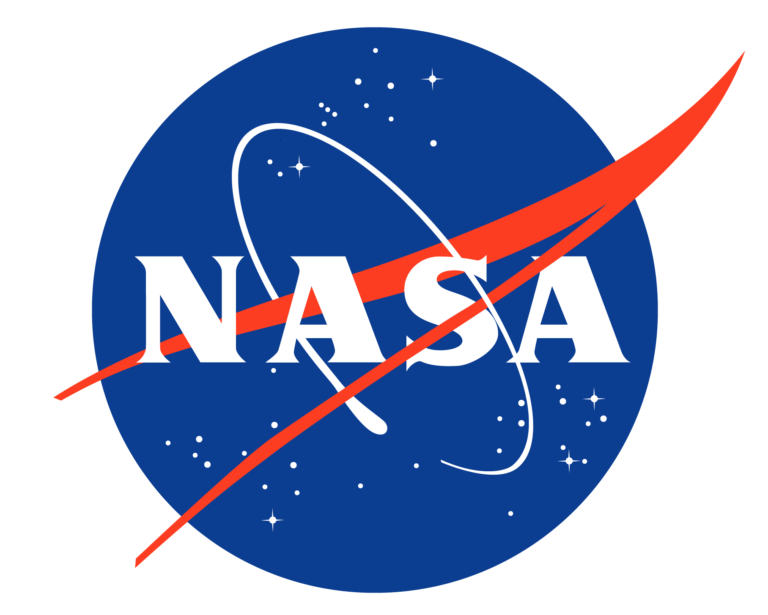So the giant planets present a unique situation — NH3 condenses at the coldest atmospheric temperatures to form the reflective cloud decks we see through a telescope. Beneath that, there’s a chemical compound formed from a combination of NH3 and H2S. And a few hundred miles or kilometers below that, we expect water (H2O) clouds, just as on Earth. This water cloud is so deep that it is hidden from Earth-based telescopes and even visiting spacecraft. Water ice is only ever seen where the stormy atmosphere exhibits powerful convective rising motions, dredging up materials from deeper within the planet. The situation is even more complex for the ice giants Uranus and Neptune, where supercold temperatures allow methane (CH4) to condense above the NH3, H2S, and H2O, which is why their clouds look so different from the gas giants’.
These clouds are moved around by powerful winds, swirling eddies, and vortices to create the beautiful patterns that we see. However, pure NH3 ice should simply be white, so the extra colors (the reds, browns, greens, blue-grays of Jupiter) must be due to contaminants mixed with the condensed aerosols. These are other chemical species either raining down from above or being dredged up from below, reacting with the Sun’s ultraviolet radiation to produce a host of more complex compounds. The Juno and Cassini spacecraft can track the atmospheric temperatures, the soup of chemical species, and the properties of the giant planet aerosols to understand how they all influence one another, and how theoretical concepts from Earth’s complex meteorology and clouds can be applied to these environments.
Leigh Fletcher
Senior Research Fellow in Planetary Science,
University of Leicester, United Kingdom










